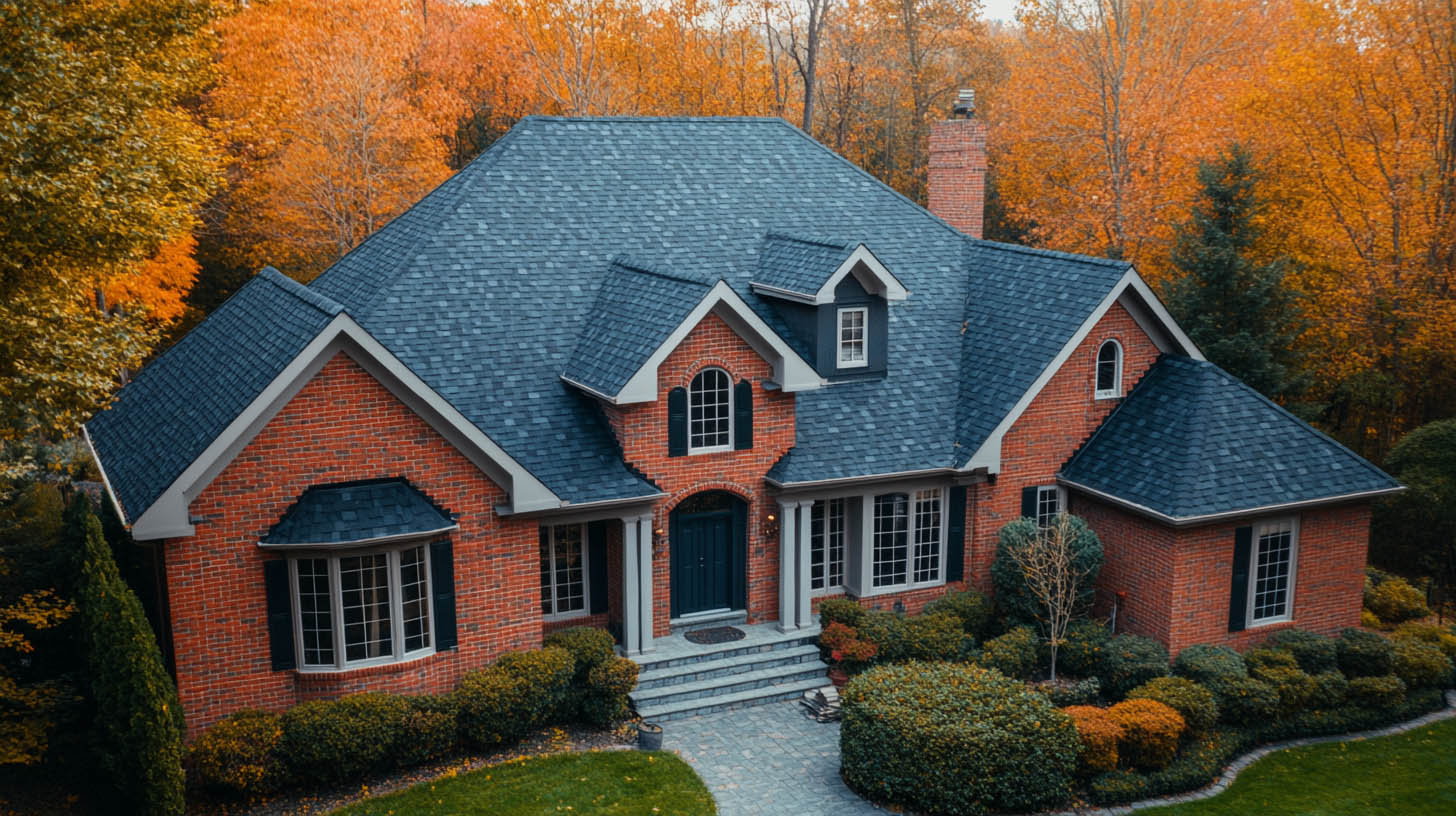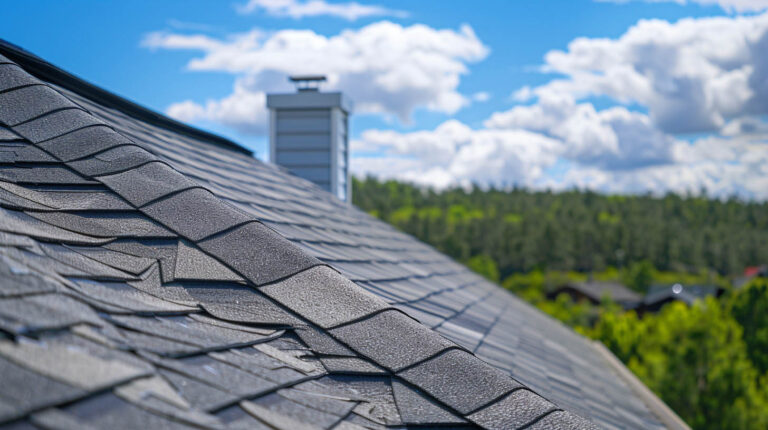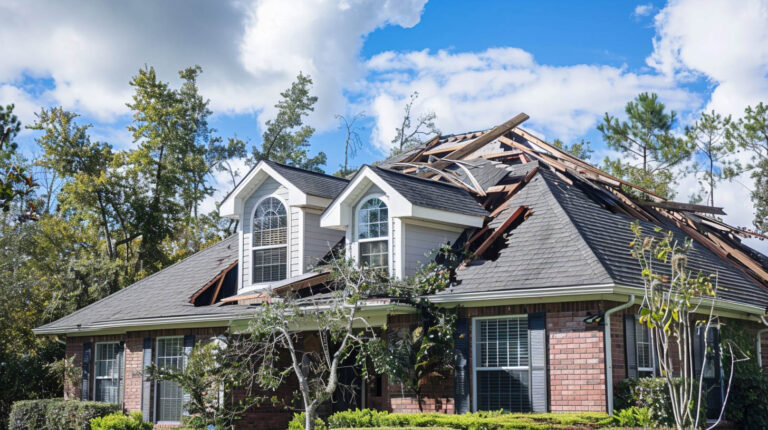
Blog
How Long Does It Take to Replace a Roof?
When it comes to replacing a roof, homeowners often wonder how long the process will take. While the timeline can vary depending on several factors, a typical roof replacement can be completed in just a few days. At Avenue Roofing, we prioritize efficiency without sacrificing quality, ensuring a smooth process from start to finish.

Average Timeline for Roof Replacement
The average residential roof replacement, including tear-off, re-shingling, and re-roofing, takes about 1-3 days. This includes both preparation and installation. However, the timeline can extend depending on the size of the roof, weather conditions, and the materials being used.
Step-by-Step Roof Replacement Process
1. Site Preparation
Before any work begins, the site must be properly prepared. This includes clearing the area around your home, removing vehicles from the driveway, and ensuring plants and other property elements are protected. A dumpster is often brought on-site to collect the old roofing material, and safety precautions are taken to protect your home and yard.
2. Tear-Off and Inspection
The first major step is to tear off the old roofing materials. This is done carefully to avoid damaging the underlying structure. Once the roof has been stripped, the roof deck is inspected for any signs of damage or wear. Any damaged areas will be repaired before proceeding.
Unique Fact: According to historical roofing practices, the concept of tear-off only became widespread in the mid-20th century, as earlier methods often involved layering new shingles over old ones.
3. Installation of Underlayment and Drip Edge
After the roof deck is repaired, the next step is to install the underlayment, which serves as a waterproof barrier, and the drip edge, which helps protect the edges of the roof from water damage. These components are crucial for long-term durability and protection against the elements.
4. Shingle or Roof Material Installation
Next comes the installation of the actual roofing material, whether it’s asphalt shingles, metal, or another type. This part of the process typically takes the most time, as each shingle or panel needs to be carefully positioned and secured.
5. Flashing, Vents, and Ridge Cap
Once the main roofing material is installed, additional components such as flashing, ridge vents, and ridge caps are added. Flashing helps direct water away from areas like chimneys and skylights, while ridge vents allow for proper ventilation of the attic space.
6. Clean-Up and Final Inspection
The last step involves cleaning up the worksite, removing all debris, and conducting a final inspection. This inspection ensures that the roof has been properly installed and that all components are working as expected. Any leftover materials, nails, and old shingles are removed, leaving your home clean and safe.
How Weather Can Impact the Timeline
Weather is one of the most significant factors that can affect the timeline of a roof replacement. Rain, wind, and extreme temperatures can cause delays, as certain conditions make it unsafe or impractical to install roofing materials. That’s why it’s crucial to schedule your roof replacement during a period of favorable weather, especially in regions like Florida, where sudden storms are common.
Factors That Can Extend the Roof Replacement Timeline
While many roof replacements take only a few days, certain factors can extend the timeline. These include:
- Roof size and complexity: Larger or more complex roofs require more time to replace, as there are more materials to install and more intricate details to manage.
- Type of roofing material: Some materials, like tile or slate, take longer to install than others, such as asphalt shingles.
- Structural damage: If the roof deck or other structural components are damaged, repairs will need to be made before new roofing can be installed. This can add time to the project.
- Weather conditions: As mentioned earlier, weather delays are common during roof replacements, particularly in regions prone to rain or storms.
FAQs
1. How long does it typically take to replace a roof?
Most roof replacements take between 1-3 days, depending on the size and complexity of the roof.
2. Can weather affect the roof replacement timeline?
Yes, bad weather such as rain or high winds can delay the process. It’s best to schedule roof replacements during periods of favorable weather.
3. What are the most time-consuming parts of a roof replacement?
The installation of roofing materials and ensuring all structural elements are sound typically take the longest.
4. Do I need to be home during the roof replacement?
You don’t have to be home, but it’s recommended to stay in contact with your roofing contractor for any questions or updates.
5. How can I speed up the roof replacement process?
Working with an experienced contractor like Avenue Roofing, which has a streamlined process, can help ensure the project stays on schedule.
Conclusion
Replacing a roof is an essential project that requires careful planning and execution. While the process typically takes just a few days, it’s important to account for factors like weather, roof size, and material choice, which can influence the timeline. At Avenue Roofing, we ensure that every roof replacement is completed efficiently and with the highest standards of craftsmanship. Contact us today to learn more about our services.
To learn how roof structure support affects durability, click here.



